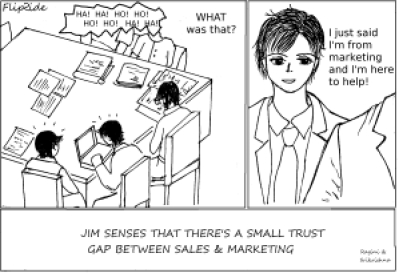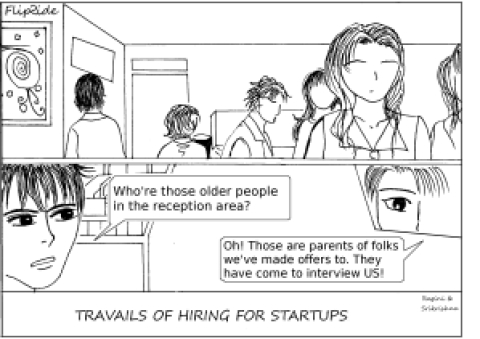Should I start my own business?” If you have ever found yourself asking this question, you are not alone. And rarely does this question arise by itself — on its heels, many more rush in. “How do I know it’s the right thing? What’s the first thing I should do?” A simple search on Amazon or Google with the words “Starting your own business” provides 738 books and over a million hits respectively — in a sense, this choice of plenty only seems to add more questions beginning with, ‘Where do I start?’ The best answer to this question is the simple one — start with yourself!
Before you try to figure out, “How do I raise money, or should I get a patent first or do I need partners?” the first step to answer the question should you even start your own business, is to better understand yourself. While some reflection is needed, this is not so much a philosophical or metaphysical exercise as much as answering three simple questions about yourself. You may have never taken the time to think about it and even if you have asked yourself one or more of these questions, never had the opportunity to step back and answer them. Certainly, once you start your own business, you will not have the luxury of time to answer these in any detail.
N.S. Raghavan, former joint managing director and one of the founders of Infosys, narrates a story about a young man who approached him seeking advice. “I have a job offer from Infosys and an option to start my own business — what do you think I should do?” When Raghavan responded, “Take the job with Infosys,” the youngster was taken aback. In Raghavan’s words, “If you are an entrepreneur, starting a business is not an option that you consider alongside taking a job — you’d just do it!” To dive in, or to ‘Just do it!’, as the ad exhorts us, is easy — staying the course, not drowning and not ruing it along the way — is the hard part. Let’s ask ourselves those three simple questions.
Passion
Ask yourself, “Do I feel passionate about this? Will I feel as passionate about this a week from now? A year or five years from now?” If the answer is anything other than yes, you might want to keep that resume polished. When you ask yourself, “Do I feel passionate about this?” — ‘this’ could be a product — a low maintenance, low-cost, yet effective water purifier that four-fifths of the world needs; it could be a service — ball room dancing instruction for high-schoolers; it could be a concept — helping farmers in your hometown reach customers worldwide directly — or nearly evangelical — fresh water to every village in your state/country — it could be anything, as long as the fire of passion within you burns undiminished for long periods with little or no kindling. This is a good question to ask first and have answered in the affirmative before starting your own business. Do not confuse passion with being right or knowing something — passion is primarily believing and wanting. Once you start your business, you will learn more ways of being wrong than you’d thought possible.
Risk-taking
Being an entrepreneur, which is what you’d be if you start a business, is a risky proposition — probably not as risky as skydiving or crossing a busy road in Bangalore during the evening commute. Most businesses last longer than a skydive and are fraught with challenges. So the next question to ask yourself is how risk averse you are.
Risk means many things to many people. Most people think primarily of financial risk — this, while certainly measurable, may be the least important. Often there will be others to bear the financial risk with you.
However, the time you personally invest, the emotional energy that would be required of you individually and most importantly, your self-worth, will be the bigger risks you will be taking.
These will be largely immeasurable but have far greater import on the rest of your life. So if you have never taken off for the weekend on a whim, usually get to the airport three hours ahead of schedule and have never run a yellow light, it is worth figuring out what your risk appetite is.
Perseverance
Call it whatever you want — doggedness, perseverance or relentlessness — to be an entrepreneur means continuing in the face of constant discouragement by the world around you.
Often it would seem as though everyone but you feels it makes no sense to continue and yet you persist. Investment bankers who have yet to begin shaving will offer you advice. Your spouse, your engineering manager (and her spouse), that cheeky long-haired fellow in customer support not to mention your suppliers and even customers will question, critique and challenge you.
So if you haven’t been called pig-headed more than once in your life or find you cannot last through one session of working through the “simple” income-tax form or are discouraged by having to make the same presentation for the 17th time, some work may be needed in this area.
If you answered in the affirmative to the passion and perseverance questions, you are ready to start a business.
Should you actually start one, your chances of being successful at it or even enjoying the journey, will be determined by your answer to the risk-taking question. Luckily, for us, unlike the Prince of Denmark, it’s a little easier to answer the question, “To begin or not to begin?”
This article first appeared in The Hindu BusinessLine in Dec 2007.
















You must be logged in to post a comment.